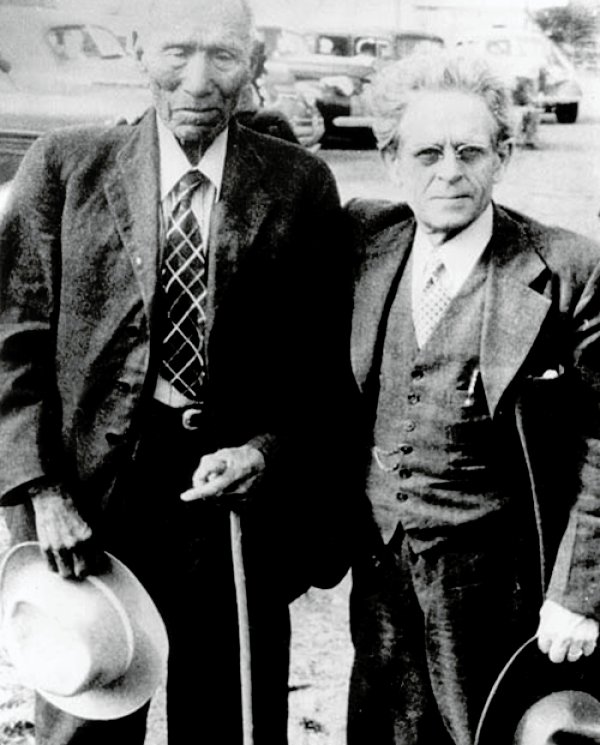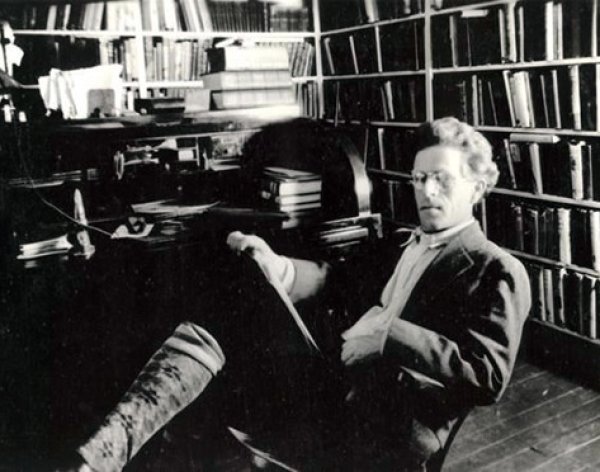John Gneisenau Neihardt was born in a one-room cabin in Illinois in 1881, the third child of Nicholas Nathan Neihardt and Alice Culler Neihardt. In 1886, the family moved to a sod house in northwestern Kansas, and then to Kansas City in 1888. In 1891, he moved with his mother and sisters to Wayne, Nebraska after his father left the family.
He attended Nebraska Normal College (now Wayne State), graduating at the age of sixteen. He finished his first book, The Divine Enchantment, at age sixteen, and published it three years later.
After teaching at a country school for two terms, he moved to Bancroft, Nebraska where he worked with an Indian trader among the Omaha tribe. In that job he got to know many of the old Omaha “long hairs”. Deeply impressed by them, he wrote widely successful short stories based on these talks. He edited the Bancroft Blade, a country weekly, for several years while living there.
Neihardt made a dangerous trip by canoe down the Missouri River, which he chronicled in The River and I (1910). In that same year he married the sculptress Mona Martinsen (who knew him only by correspondence before they decided to marry). They would remain together almost fifty years and have four children: Enid, Sigurd, Hilda and Alice.
In 1912, Neihardt began his major work, A Cycle of the West, devoting eighteen years to its writing. He also worked for the Minneapolis Journal [c.1912-1916]. In 1921, the Nebraska Legislature named him Poet Laureate in Perpetuity of the state.
In 1942, Neihardt began working for the Bureau of Indian Affairs, which commissioned him to write a cultural history of the Sioux people. The information he recovered plus interviews of Lakota elders, led to his novel, Eagle Voice Remembers (1951).
John G. Neihardt died of natural causes in 1973.
The John G. Neihardt State Historic Site is located in Bancroft, Nebraska on the property where he lived.



